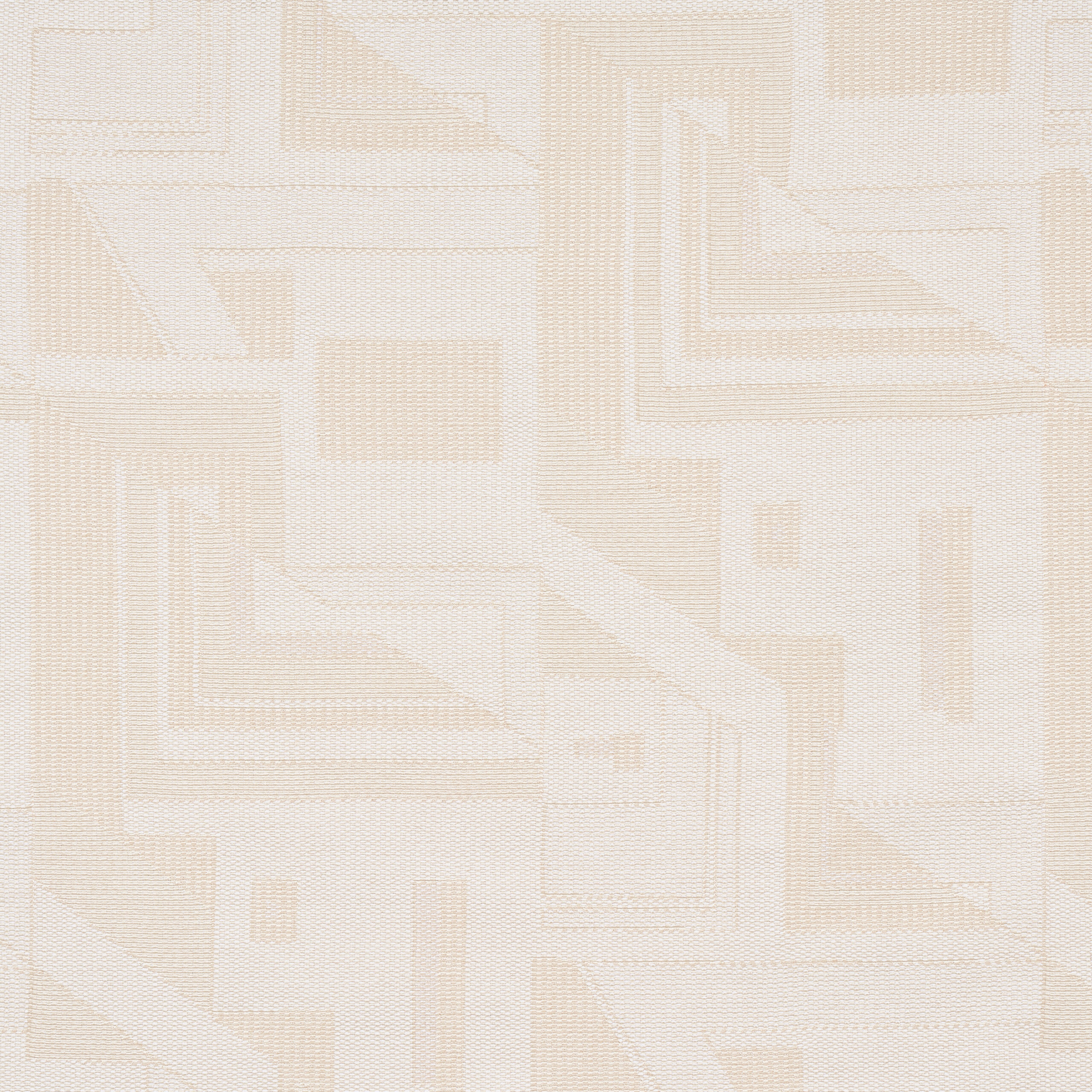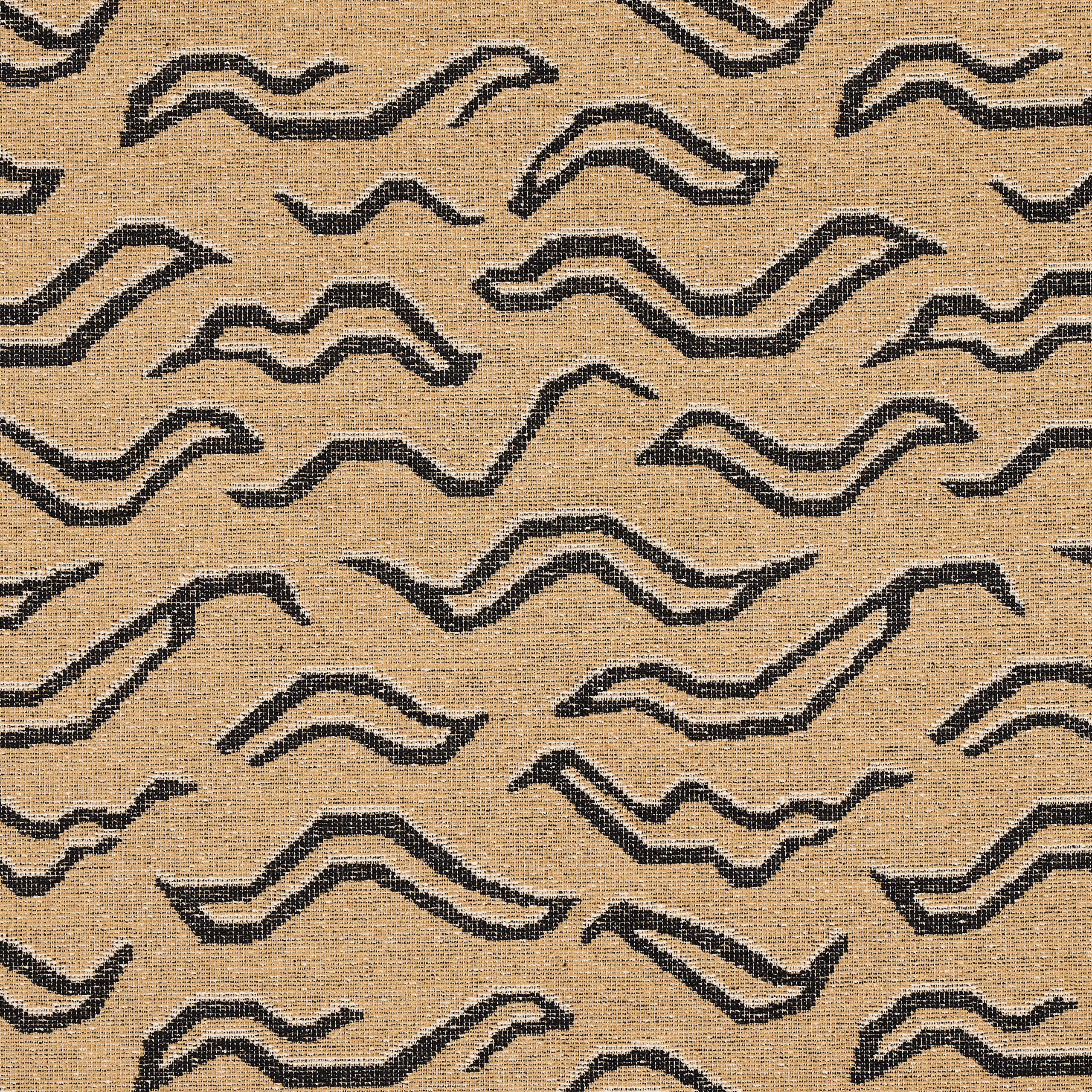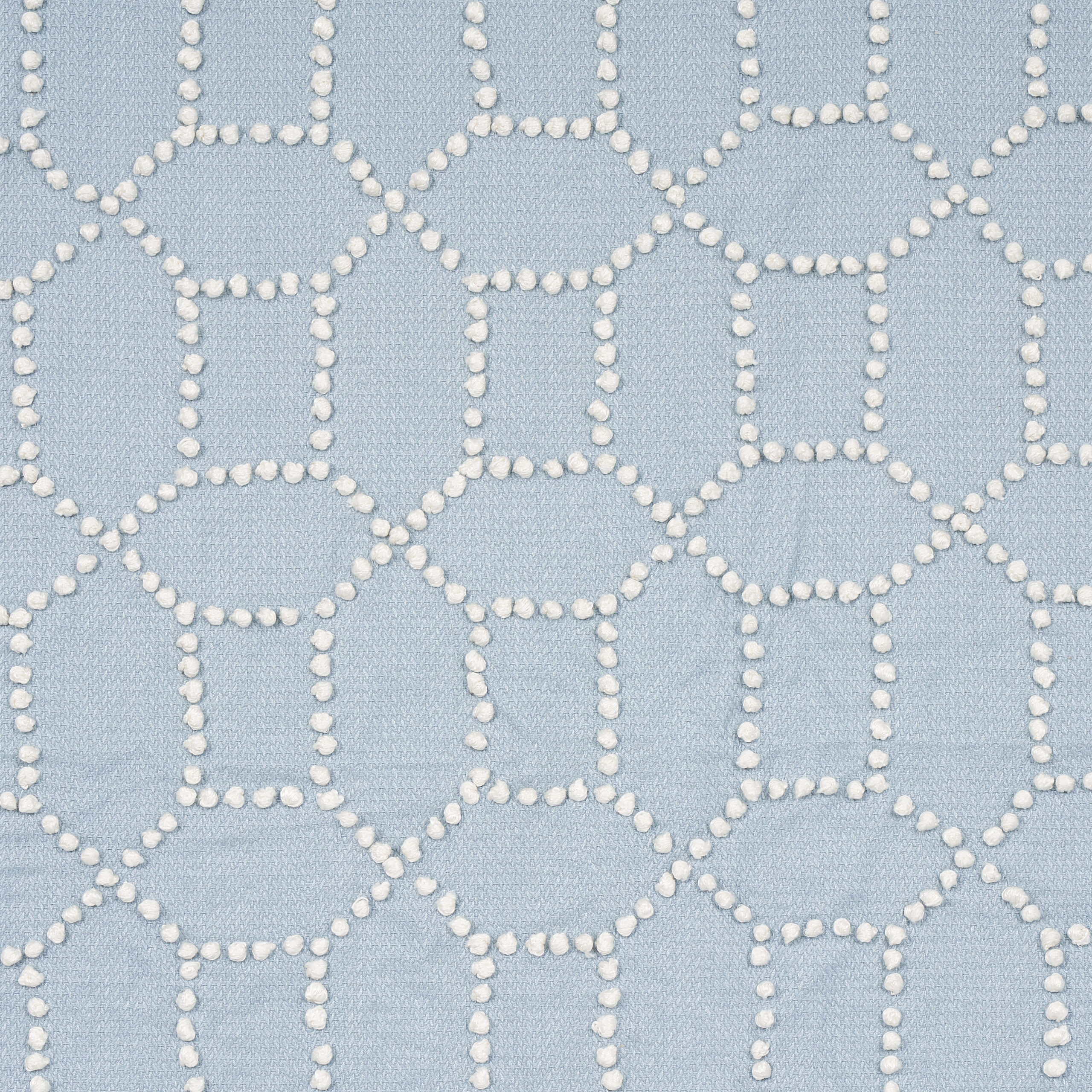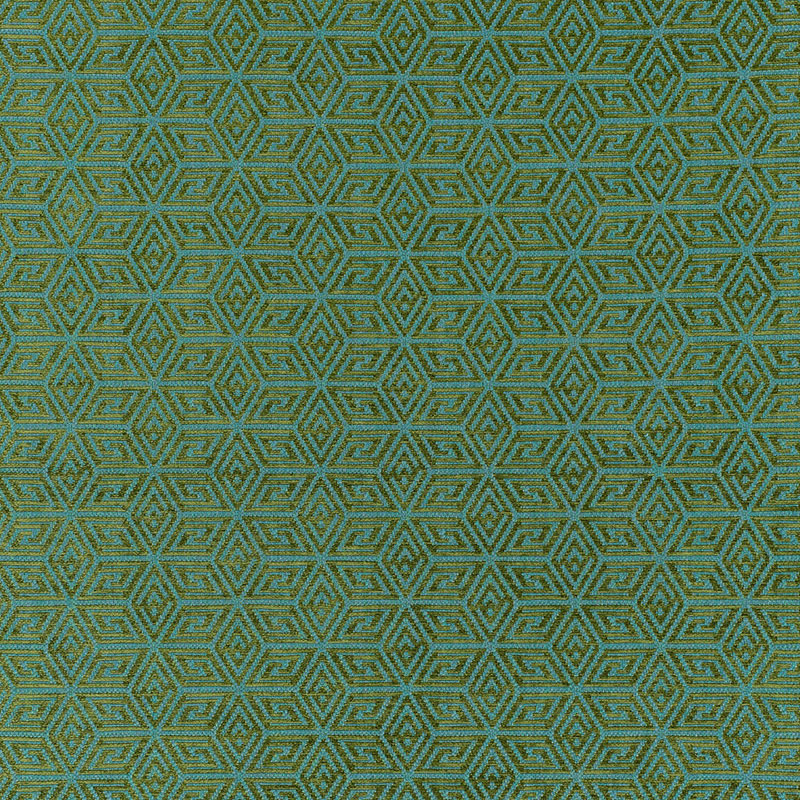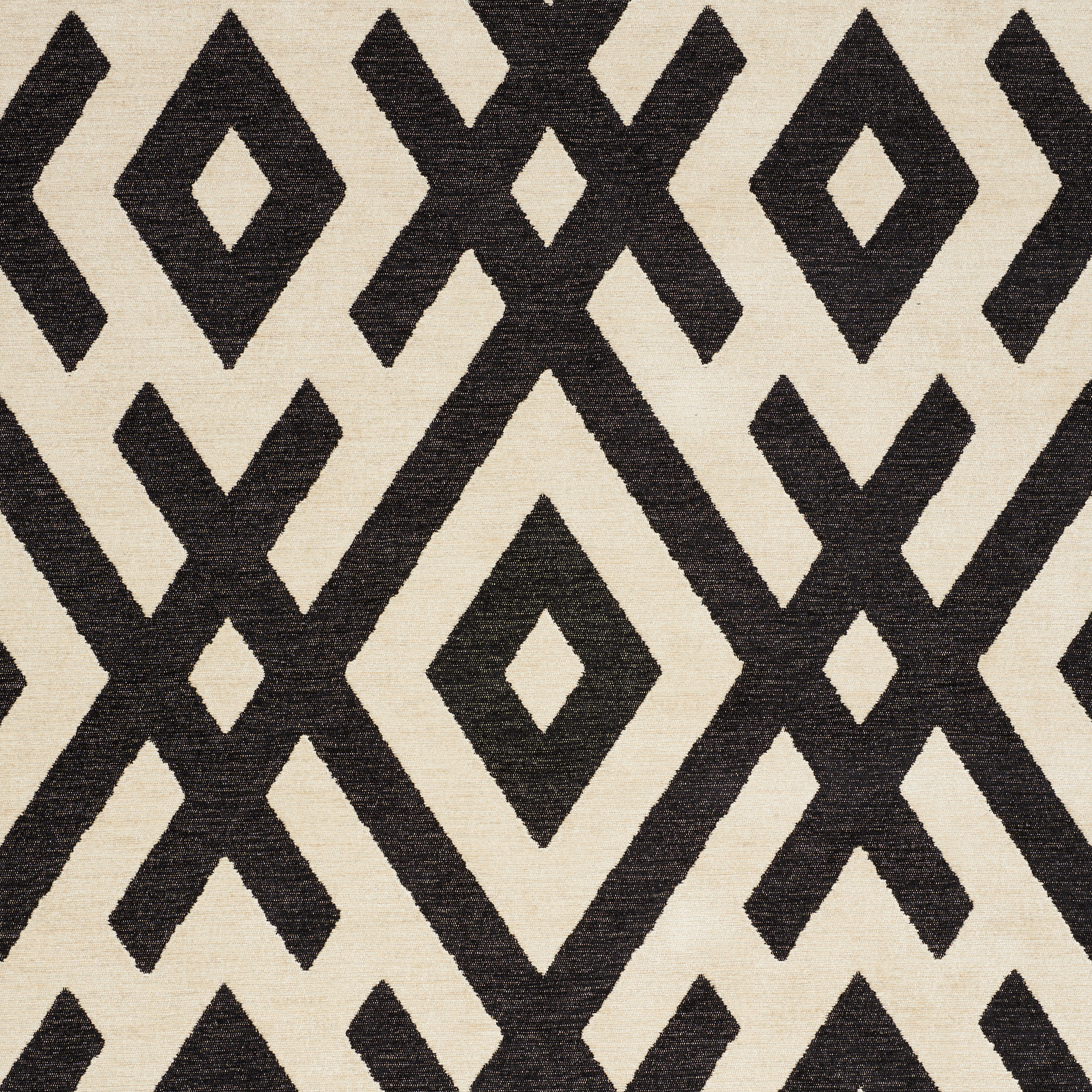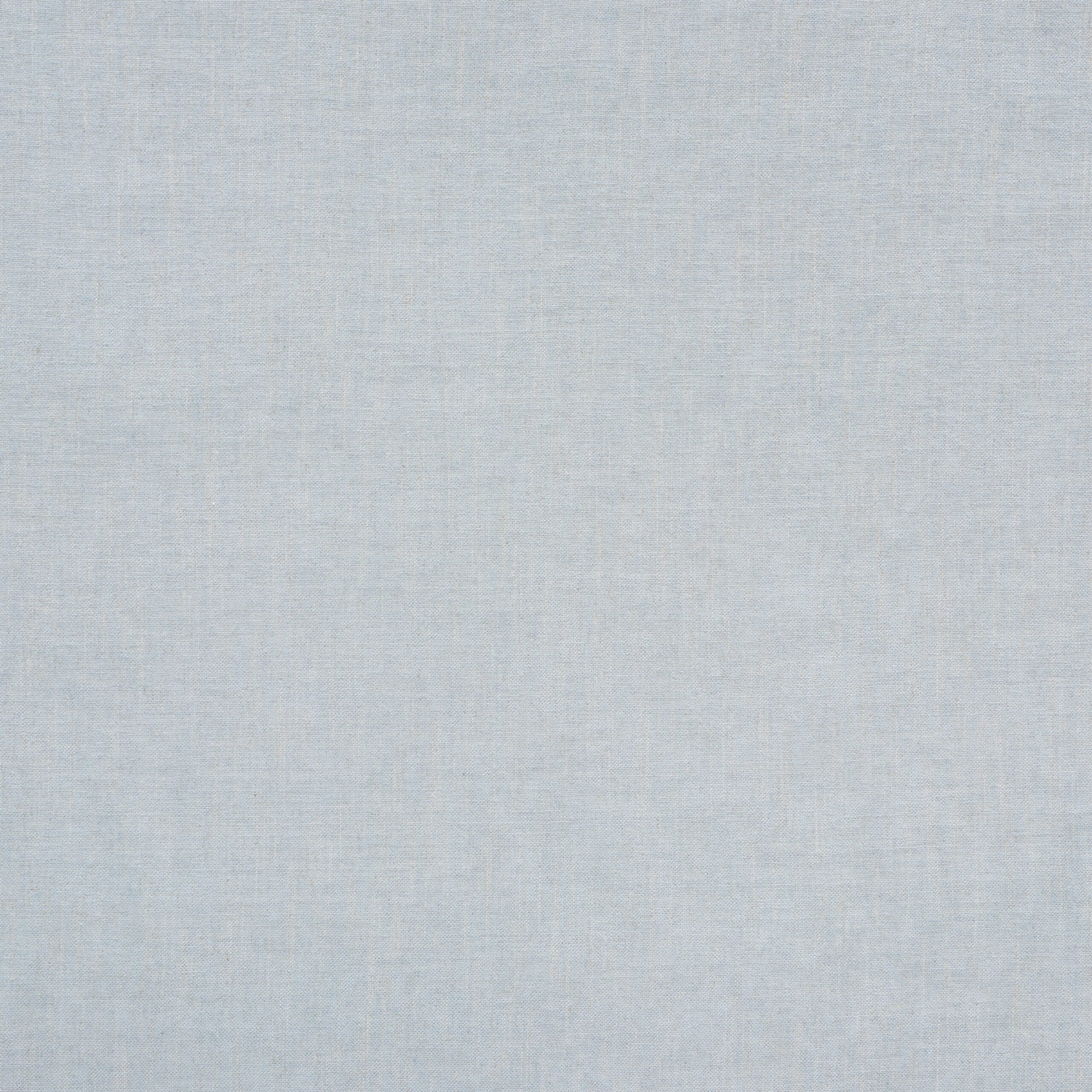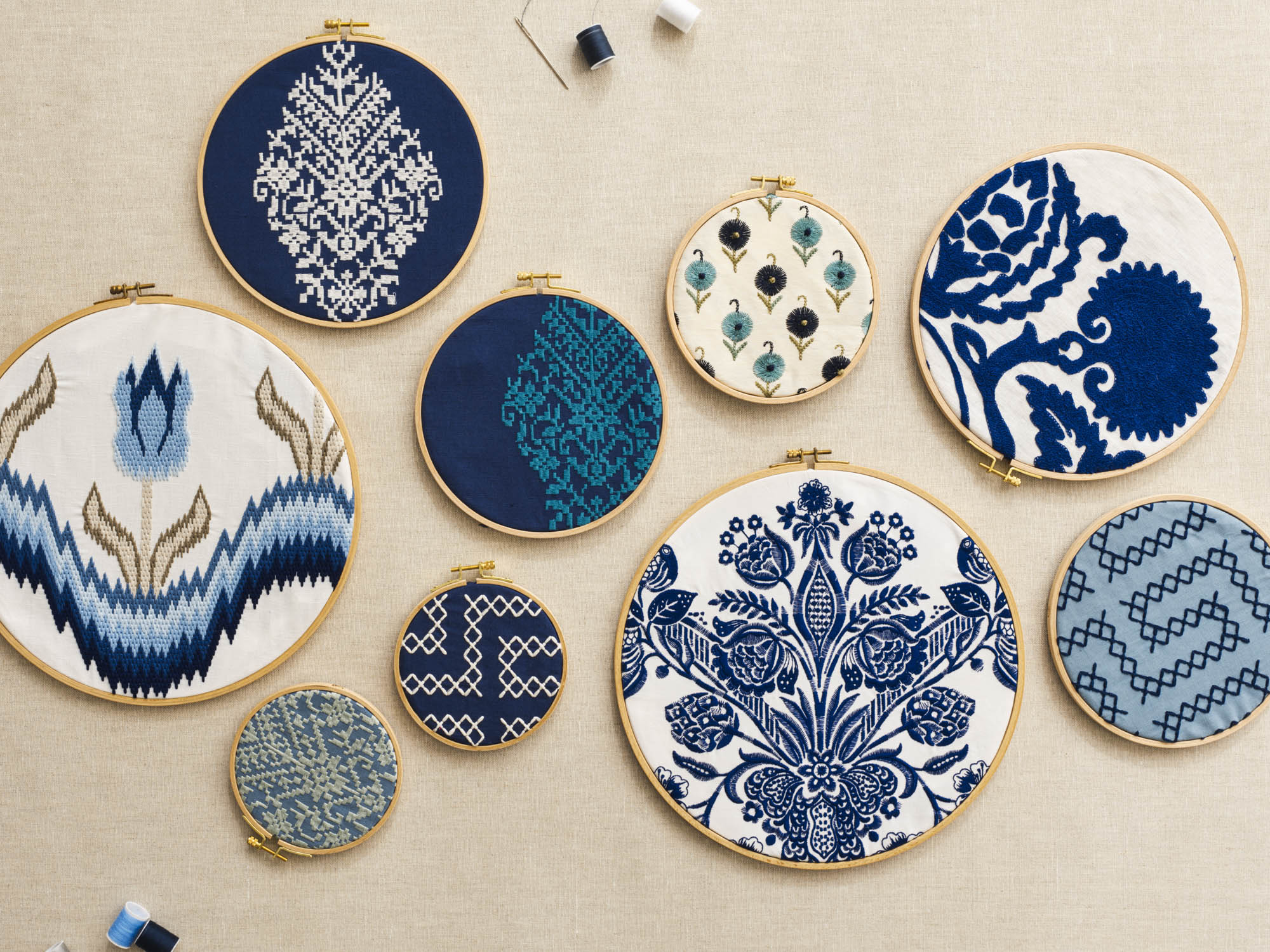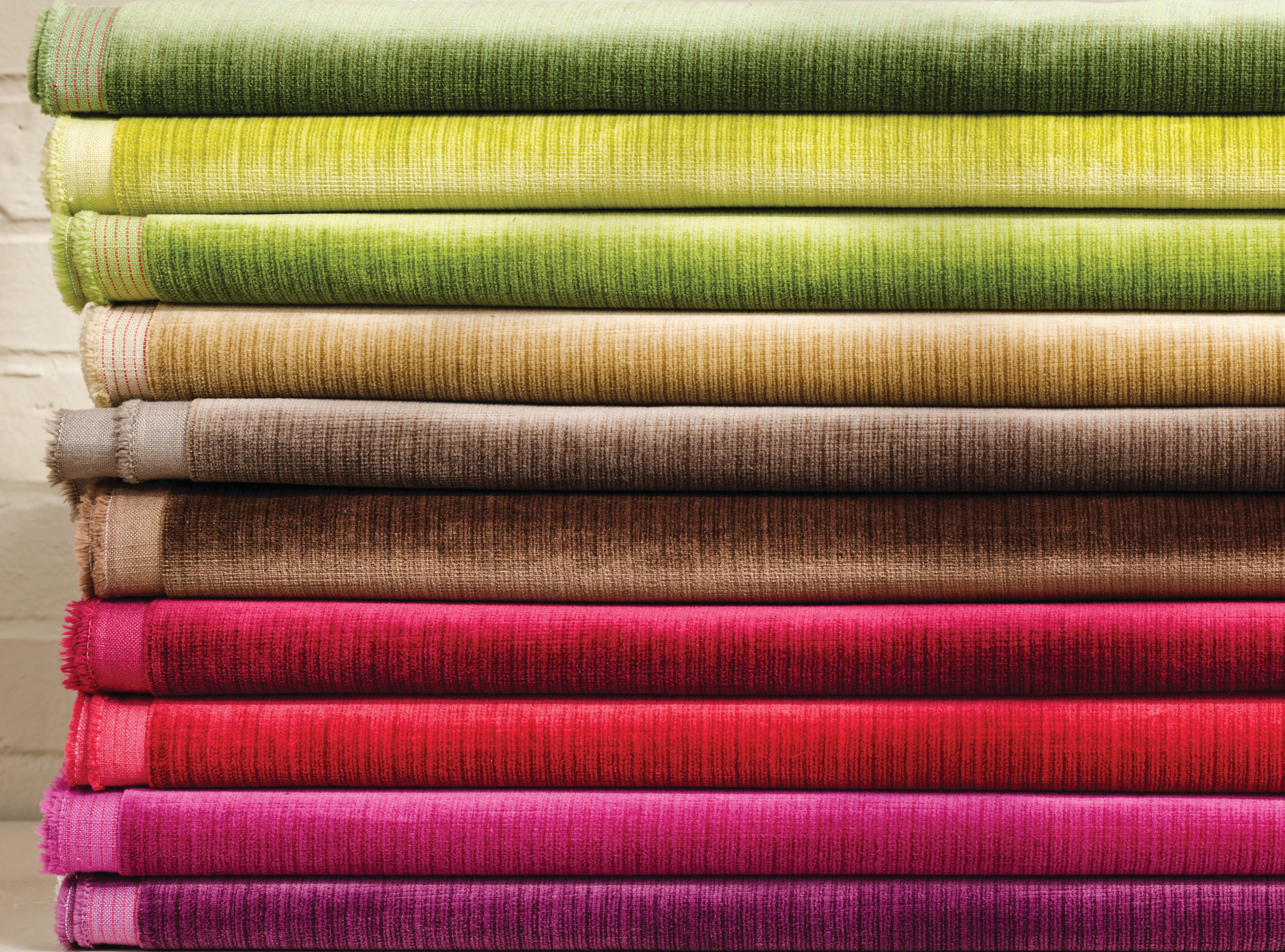Chenille is beloved for its cozy texture and perfect-for-any-room flexibility—but it also has an intriguing history. Read on for everything you need to know about this favorite fabric, from its 18th-century origins to its uniquely plush properties.
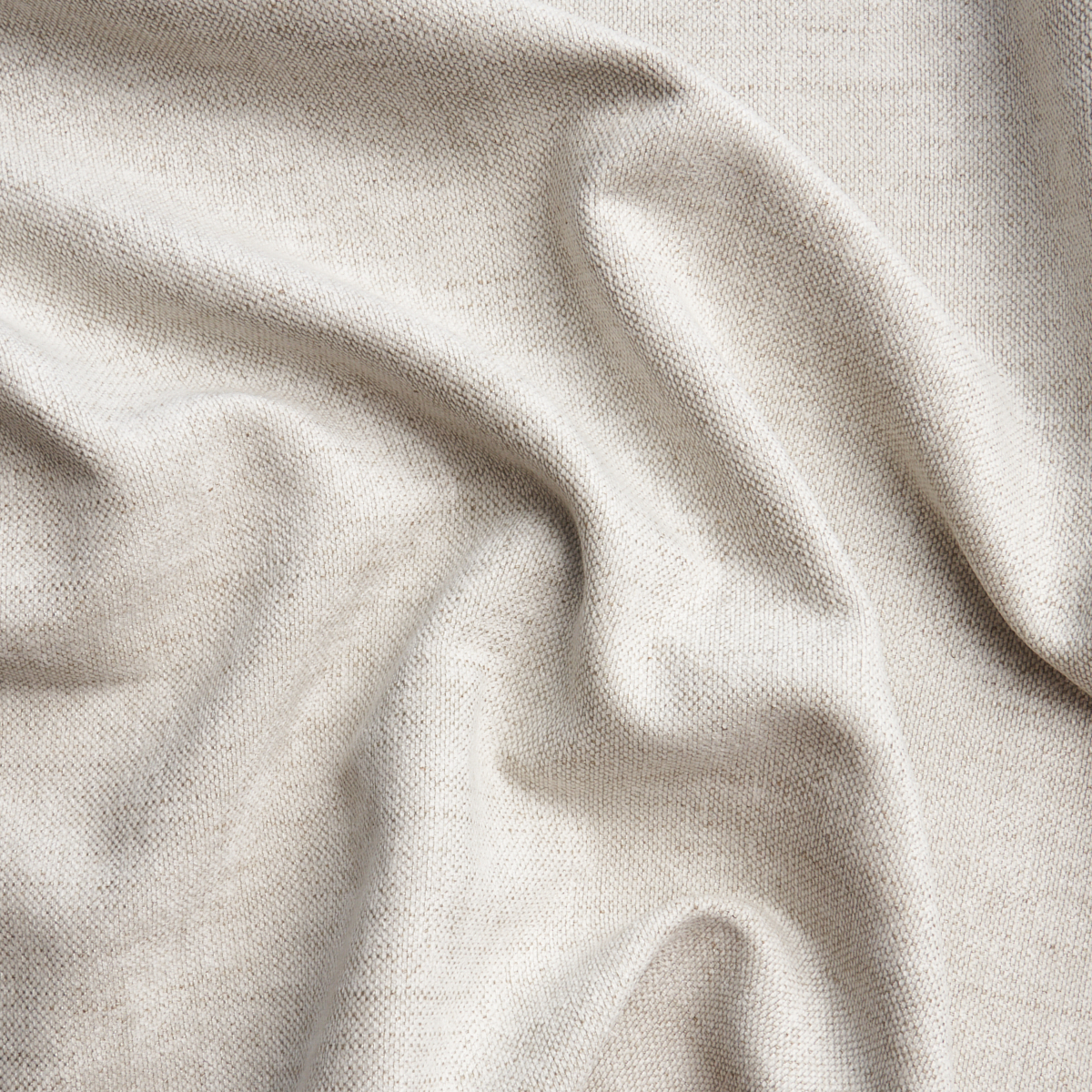
Franco Linen-Blend Chenille, a high-performance fabric from our Perfect Basics collection, is surprisingly durable given its soft hand.
1. It’s named after an insect.
Chenille originated in 1780s France, where artisans developed a technique for weaving a “leno” or cross-weave fabric and then cutting it into strips to make a yarn as soft and fuzzy as the fur on a caterpillar—or chenille in French.
2. It’s come a long way.
A French foreman brought chenille to 1830s Scotland in the form of “fuzzy shawls.” As production techniques evolved, chenille became a popular material for carpets. In the 1890s, artisan Catherine Evans Whitener revived the handcrafted technique in Northwest Georgia, which became known during the 1920s and ’30s for its hand-tufted bedspreads, quilts, carpets and other textiles. The popularity of chenille in the United States can be directly credited to Whitener’s entrepreneurship.
3. It’s one of our softest fabrics ever.
It’s no secret why chenille is such a popular fabric for decorating, accessories and clothing: it’s so soft to the touch! By the 1970s, chenille was so beloved it expanded to include sweaters, scarves, mittens and anything one wants to wear close the skin.
4. It can be used in countless ways.
Chenille is highly durable and can last for decades. Its softness is lovely underfoot as a carpet or rug, and even cozier as blankets, pillows and throws. We also love it as upholstery, with one caution: when exposed to direct sunlight for a long period of time, chenille runs the risk of fading in color. Beyond this, use chenille how you please.
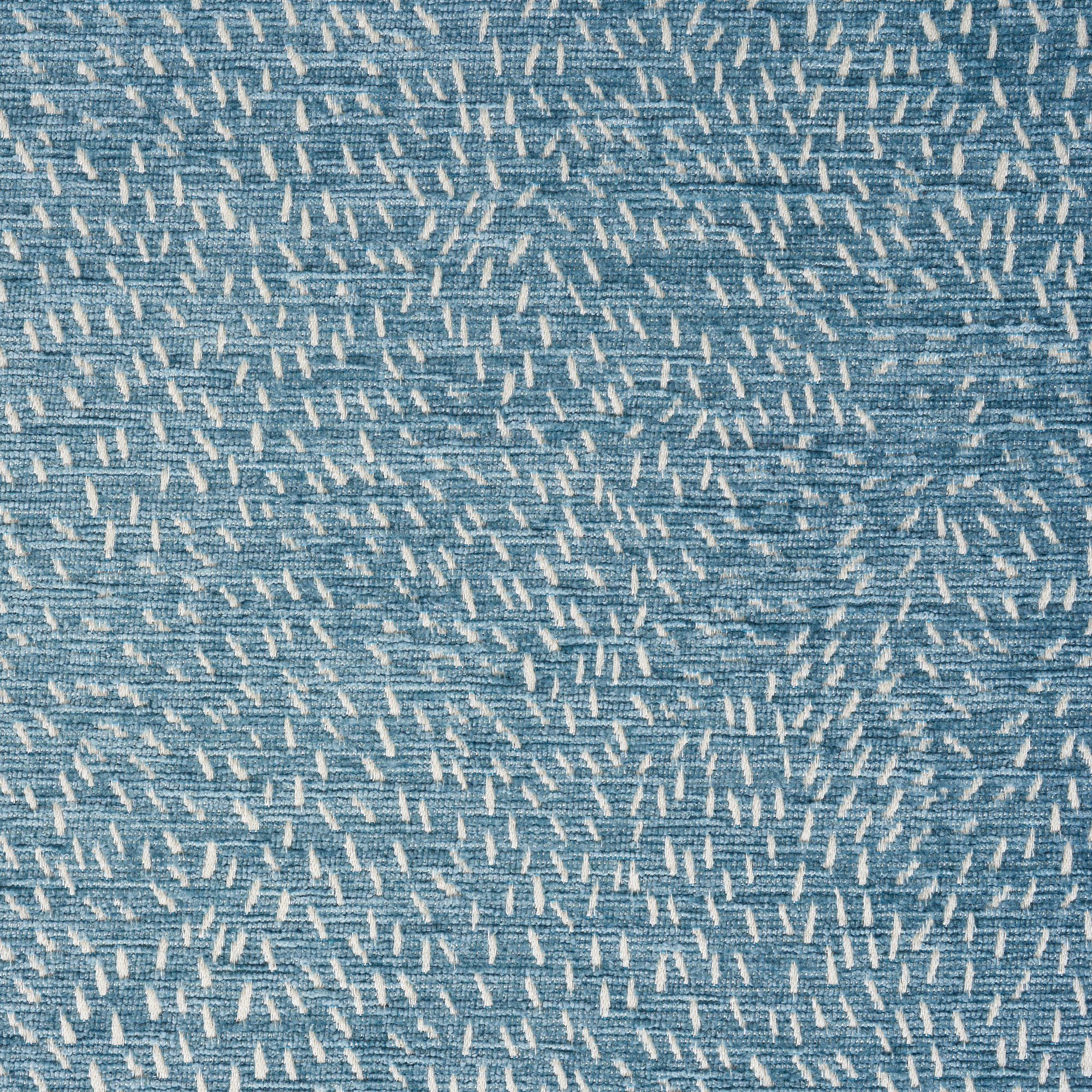
Menemsha in Ocean from Schumacher collaborator Caroline Z Hurley blends thick and thin chenille weft yarns for an artisanal quality.
5. It’s made of twisted yarn.
The word chenille refers to both the final product and the type of yarn used to make it. Chenille is created when the yarn pile (the short end) is placed between two core yarns and the whole thing is twisted together. This forms the yarn into loops, which are then cut very short on right angles and woven together. This is what makes chenille super fuzzy and soft. The technique used to be done completely by hand but is now created by machines.
6. It’s iridescent.
Fun bonus: Since chenille’s yarns are cut super-short at right angles when the fabric is being constructed, the final fabric reflects light, creating an iridescent effect.
7. It can be made from many types of fabrics.
While the most popular material to use for chenille is cotton, it can also be constructed from silk, rayon or wool, or a blend of any of the above. Each specific blend, or ratio of materials used, can alter the chenille’s appearance and hand. Make sure to feel the options out for yourself with samples of some of Schumacher’s best chenille offerings—see our picks below.
Don’t have a Schumacher trade account? Join our trade program here.
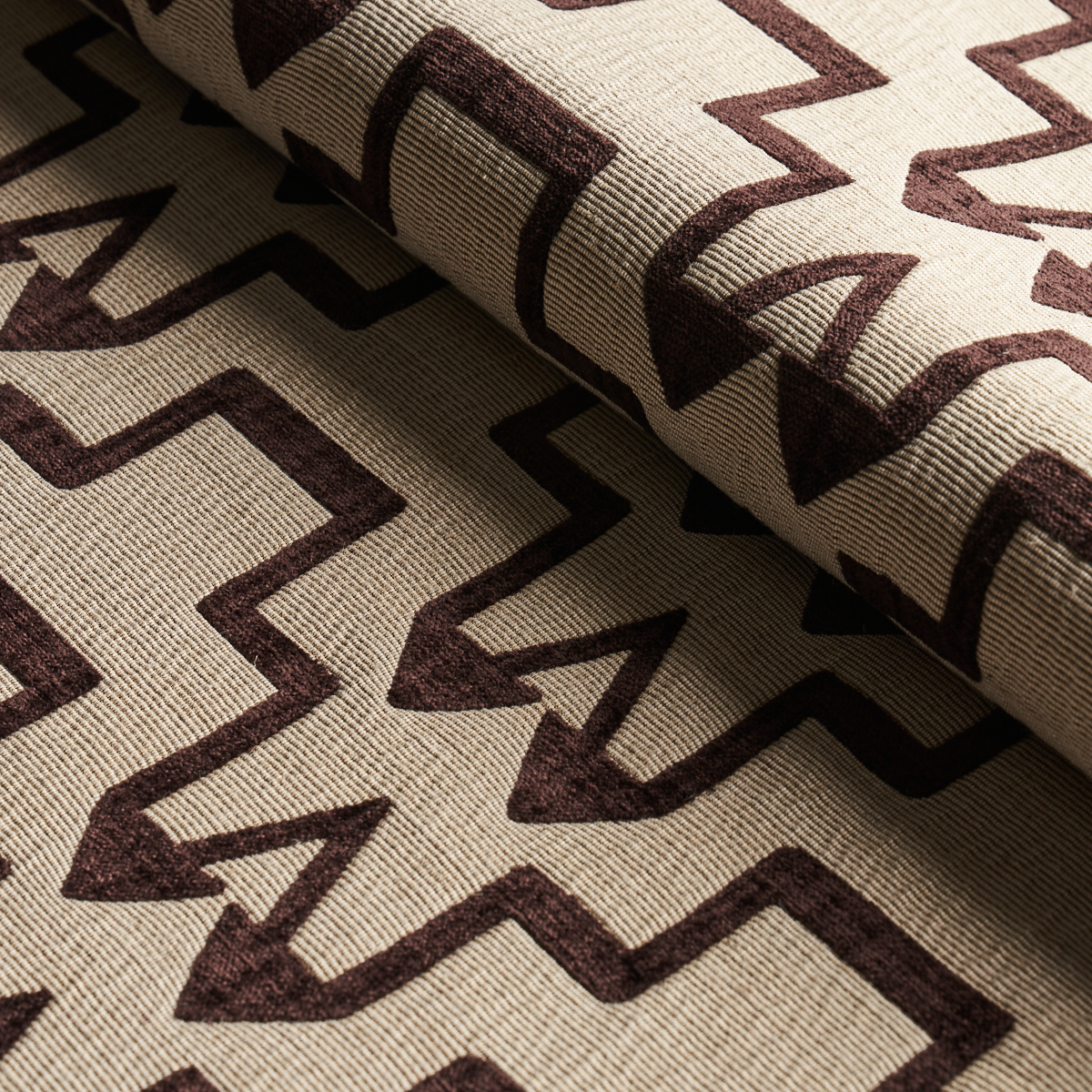
From designer David Kaihoi‘s collection for Schumacher, Turkish Step in Brown features a geometric design rendered in lush low-pile chenille.
Our Favorite Schumacher Chenilles
Schumacher has no shortage of fabulous chenilles. Zsuzsa in Ivory features a subtle tone-on-tone pattern created through a weave of flat and fluffy chenille yarns. Kata in Camel with Black makes a bold and playful statement in any room—try it as a pillow. For more textural contrast, try Vento Embroidery: It combines the best of chenille yarn, cotton and linen with elegant French-knot embroidery. And you can’t get more classic than Olympia in Snow, a high-performance fabric that’s ideal for upholstery.

